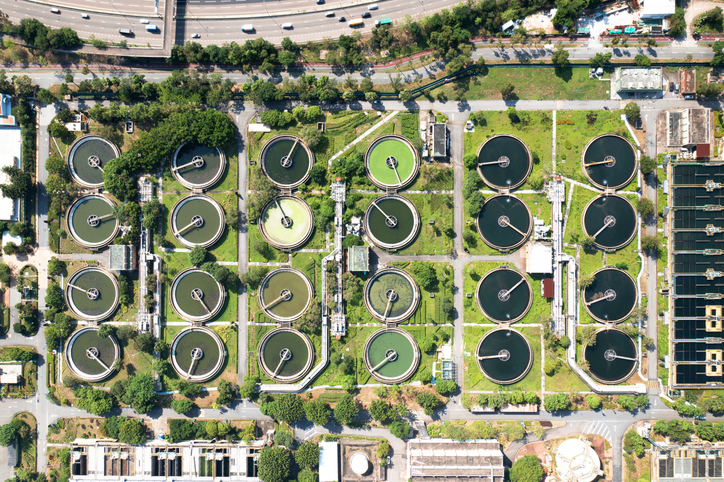Homes to be heated by their sewers as part of a Green Heat Networks project
Homeowners in Bolton will keep their homes and businesses warm with waste heat generated by the town’s sewers

Nearly 2,000 homes and businesses could be heated with power generated from sewage after the UK Government pumped £11m into a new green heating project.
The new project is one of many receiving the money from an £80.6 million scheme and will see Bolton residents keep their homes and businesses warm with waste heat generated by the town’s sewers.
The news comes as energy price rises are forcing many UK households into fuel poverty, driving investment and interest in alternative sources of energy.
How will energy be used from sewers?
Energy will be extracted from both sewage and waste hot water from washing machines, bathrooms and kitchens to fuel a new heat pump, as part of Bolton’s first district heating network.
Heat pumps can recover heat from sewage water and sewer pipes by absorbing the sewer heat and use that temperature for district energy where heat is generated at a central source, with either hot water or steam circulated to homes and other nearby buildings using insulated pipes. The largest systems cover entire cities such as Stockholm in Sweden or Flensburg in Germany using a network of large pipes and many are powered by renewable energy.
£80.6m investment aims to show ‘energy sources can be found in the most unexpected places’
The Bolton project is one of four to receive grants from the government’s Green Heat Network Fund.
The projects in Exeter, London and Hull will help cut carbon emissions from homes and businesses – and put the UK a step closer to reaching net zero by 2050, the government claims.
Get the Homebuilding & Renovating Newsletter
Bring your dream home to life with expert advice, how to guides and design inspiration. Sign up for our newsletter and get two free tickets to a Homebuilding & Renovating Show near you.
Ministers also awarded £8 million to improve 34 inefficient heat networks. The money will enable upgrades, creating a more reliable heating supply for more than 9,000 residents, hospital patients, students and public sector workers, as well as keeping bills down.
Lord Callanan, Minister for Energy Efficiency and Green Finance, said: “These innovative projects will help drive down energy costs while also demonstrating why the UK has led the way in cutting carbon emissions.
“They show how energy sources can be found in the most unexpected places – as more homes and businesses will benefit from cleaner heating and lower energy bills.
“Our upgrades will also make sure our existing heat networks are upgraded – so customers can get the reliable heating supply they deserve.”
Increase in the range of UK heat networks

The International Energy Agency has highlighted district heating as a key part of decarbonisation of energy supply.
It said: “District heating offers great potential for efficient, cost-effective and flexible large-scale integration of low-emission energy sources into the heating energy mix. However, the decarbonisation potential of district heating is largely untapped, as fossil fuels still dominate district network supplies globally (about 90% of total heat production), especially in the two largest markets of China and Russia.”
Many innovative solutions to fossil fuels have been put forward and are being developed, such as water heated by geothermal energy that floods disused coal mines being used to heat more than 6 million homes
Meanwhile, work has begun on a borehole dug 5275 metres to tap into geothermal energy that could heat around 3,800 homes and public facilities in Cornwall.
Sam is based in Coventry and has been a news reporter for nearly 20 years. His work has featured in the Mirror, The Sun, MailOnline, the Independent, and news outlets throughout the world. As a copywriter, he has written for clients as diverse as Saint-Gobain, Michelin, Halfords Autocentre, Great British Heating, and Irwin Industrial Tools. During the pandemic, he converted a van into a mini-camper and is currently planning to convert his shed into an office and Star Wars shrine.

